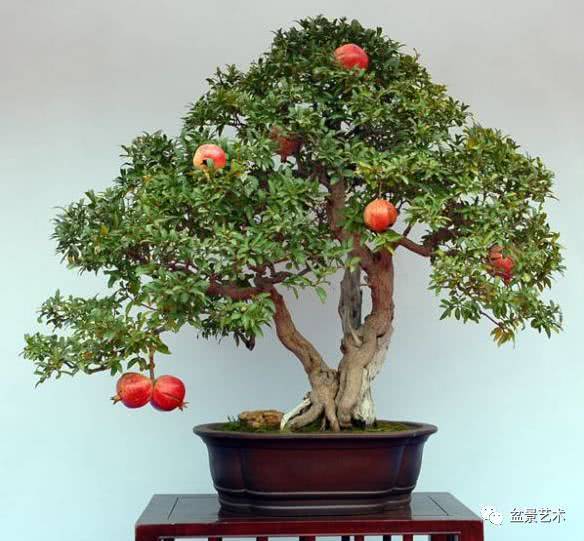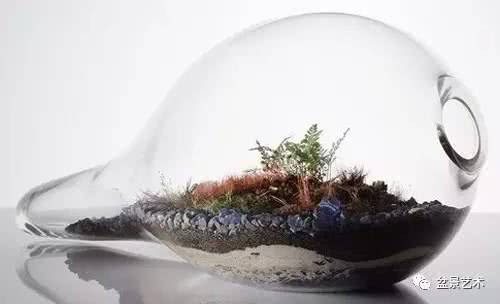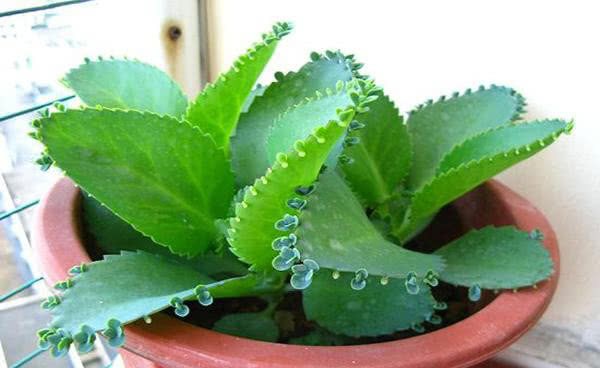Techniques for making pomegranate bonsai

No matter watching flowers or fruits, pomegranate is a good potted product. Pomegranate flowers can be divided into single and double; the colors of pomegranate flowers are bright red, scarlet, yellow and white, red and white; fruit can be divided into big fruit and small fruit. Making pomegranate bonsai for viewing is generally suitable to choose red varieties with double petals, large flowers and red varieties that bloom in three seasons.
Pomegranate is not strict to basin soil, neutral soil or slightly acidic or alkaline soil, sandy loam rich in organic matter is the best. It can be made of river mud and mountain mud mixed with an appropriate amount of fine sand, or mixed with nine parts of sandy loam and a mature compost soil, and then mixed with 1% calcium superphosphate or bone meal. It is better for pomegranate to go up and turn the basin when the bud is just sprouting. Change pots in other seasons or flowering and fruiting seasons to bring dirt balls to ensure their survival. Pomegranate bonsai is usually turned every two to three years.
Pomegranate is extremely resistant to drought, watering should be "dry and wet, dry rather than wet", especially in the flowering and fruiting period, we should pay more attention to control the amount of watering. Care should be taken to prevent flowers from getting wet when watering to prevent them from rotting. Pomegranate prefer fertilizer, but each time the amount of fertilizer should not be too large, can be "thin fertilizer frequently applied". From spring to autumn, it is common to apply rotten organic fertilizer once a week or every ten days. Foliar topdressing can also be carried out in summer, spraying potassium dihydrogen phosphate solution with a concentration of 0.2%. In the period of leaf expansion, flowering and fruit setting, it is necessary to apply more phosphorus and potassium fertilizer to promote flower, promote fruit and protect fruit. Pomegranate like warmth, potted pomegranate is not resistant to severe cold in winter, should pay attention to anti-freezing, can be moved into indoor maintenance.
Pomegranate bonsai is usually pruned after the flowers fade. If it is an unfruitful ornamental pomegranate, generally cut off the residual flowers after the flower fade, and cut the branches properly. At the same time, combined with pruning and fertilization, it can germinate new branches and blossom again. As the pomegranate is strong in growth and easy to sprout tillers, these messy branches that affect the ornamental effect should be often removed so as not to waste nutrients. In normal maintenance, delicate branches, diseased branches and dead branches should also be cut off in time. The flowering branches of pomegranate are generally renewed every three years or so. Dead branches, dense branches and disorderly branches can be cut off after defoliation in winter to maintain and develop the tree shape. In early spring, it is generally slightly pruned, at this time, do not cut its branches or damage the terminal bud, because the terminal buds of pomegranate branches generally develop into flower and fruit branches.
Pomegranate is a strong light tree species, which requires full sunlight in the growing season. Only by placing it in a place with sufficient sunlight can it form flower buds, blossom and bear fruit; if there is not enough light, it will only grow leaves but not blossom, so the intensity of light directly affects the flowering of pomegranate. Because pomegranate likes light and can withstand high temperature and dry environment, it is a good tree species for residential balcony beautification.
- Prev

How to make bottle view plant bonsai
Bottle view is a special decoration made of small plants in transparent glass bottles or transparent plastic containers. Planting to choose small plants, varieties should also be less, should be simple and avoid complexity. Generally can choose ferns (ferns),.
- Next

This kind of potted succulent plant is easy to raise, easy to live and burst into the pot if you give it some sunshine.
This material comes from the network, if there is any infringement, please contact this author to delete as soon as possible! This kind of plant is called rooting on the ground. it is a very common plant. It is already wild and can be found in the stone cracks in the roof. I saw it for the first time.
Related
- Wuhan Hospital Iron Tree Blooming Result Was Instantly Frightened by the Gardener Master
- Which variety of camellia is the most fragrant and best? Which one do you like best?
- What is the small blue coat, the breeding methods and matters needing attention of the succulent plant
- Dormancy time and maintenance management of succulent plants during dormancy
- Minas succulent how to raise, Minas succulent plant pictures
- What are the varieties of winter succulent plants
- How to raise succulent plants in twelve rolls? let's take a look at some experience of breeding twelve rolls.
- Attention should be paid to water control for succulent plants during dormant period (winter and summer)
- Watering experience of twelve rolls of succulent plants
- Techniques for fertilizing succulent plants. An article will let you know how to fertilize succulent plants.

